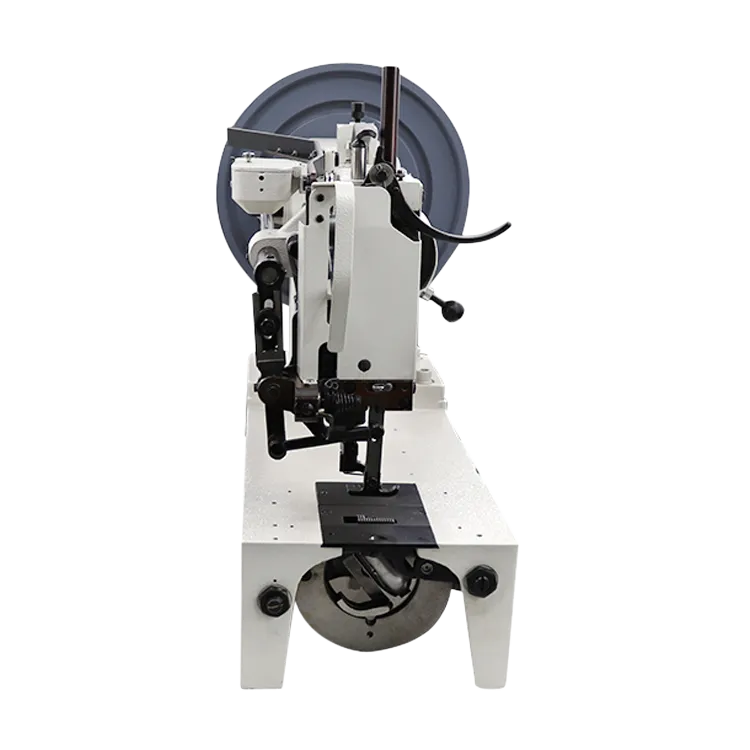what is the difference between an overlocker and a serger
Understanding the Difference Between an Overlocker and a Serger
Sewing enthusiasts often encounter the terms overlocker and serger. While many people use these terms interchangeably, it's essential to understand the nuanced differences between them, especially if you're considering purchasing a new machine or improving your sewing skills.
Definitions and Terminology
First, let's clarify the terms. An overlocker is a type of sewing machine specifically designed to sew, trim, and finish the edges of fabric in one go. It uses multiple threads and special stitches, which makes it ideal for creating professional-looking seams on knit and woven fabrics. The term overlocker is predominantly used in countries such as Australia, the UK, and New Zealand.
On the other hand, a serger is a term more commonly used in the United States. It refers to the same type of machine but generally implies a bit more functionality. American sewing manufacturers often label their machines as sergers, which highlights their ability to serge (i.e., finish edges) with high efficiency.
Functional Differences
Functionality-wise, there is a considerable overlap between overlockers and sergers. Both are equipped to perform overlocking stitches, which prevent fabric edges from fraying. However, many sergers come with additional features, such as differential feed, which helps manage different fabric thicknesses or stretches. This functionality can be particularly beneficial when working with delicate materials like chiffon or elastic knit fabric.
what is the difference between an overlocker and a serger

Another aspect lies in the number of threads used. While typical overlockers operate with three or four threads, some advanced sergers may offer the capability to use up to eight threads. This allows for more diverse and complex stitch options, giving sewists greater flexibility in their projects.
Use Cases and Suitability
When it comes to choosing between an overlocker and a serger, the decision often depends on your specific sewing needs. Overlockers are generally sufficient for most home sewists, particularly those who work with a variety of fabrics and require a reliable method for finishing seams. They are excellent for basic sewing tasks and can handle light to medium-weight fabrics effectively.
Conversely, if you find yourself getting into more advanced sewing projects—such as quilting, making garments with complex seams, or working with a large range of fabrics—a serger might be the better choice. The extra functions and versatility often make them worth the investment for more serious crafters.
Conclusion
In summary, while the terms overlocker and serger refer to the same type of machine designed for finishing seams, the choice between them often comes down to regional terminology and the specific features they offer. Both machines play a crucial role in modern sewing, enabling sewists to create durable and professional-grade projects. Understanding your sewing needs and the capabilities of the machines can help you make an informed decision, ultimately enhancing your crafting experience. Whether you call it an overlocker or a serger, investing in one of these machines can elevate your sewing game, making it easier and more enjoyable to create beautiful garments and projects.
-
Revolutionizing Sewing with CNC TechnologyNewsMar.28,2025
-
Revolutionizing Efficiency with Automatic Sewing MachinesNewsMar.28,2025
-
Mastering Precision with Sewing Machines and ToolsNewsMar.28,2025
-
Mastering Precision with Double Needle and Chain Stitch Sewing MachinesNewsMar.28,2025
-
Leather Sewing Machines for Every NeedNewsMar.28,2025
-
Find the Best Deals on the Adler 205 370 Sewing MachineNewsMar.28,2025
-
The Essential Guide to Overlock Sewing MachinesNewsMar.18,2025





























